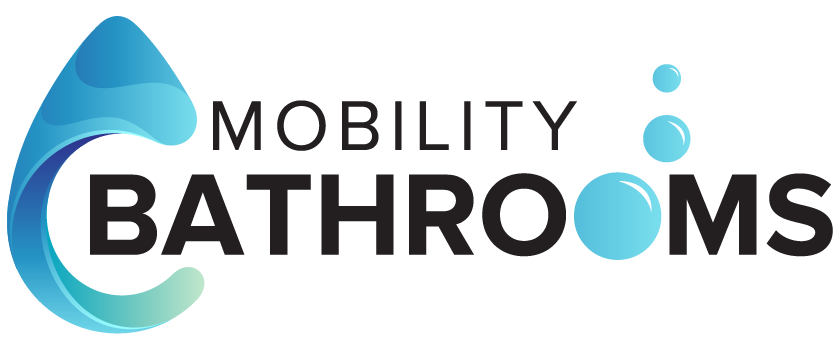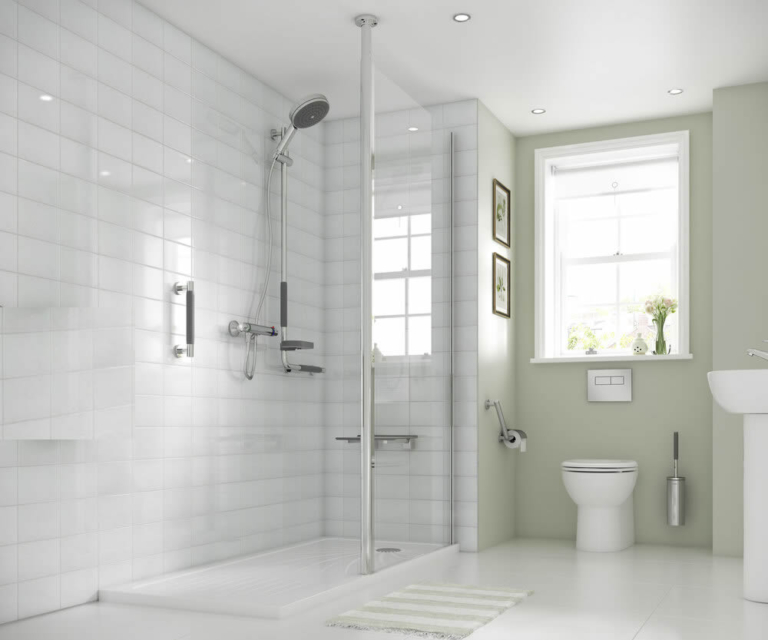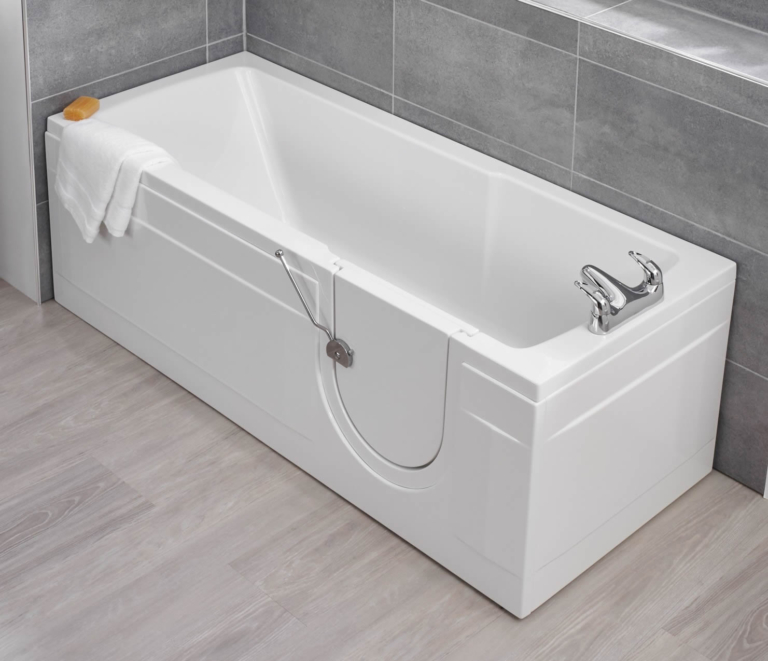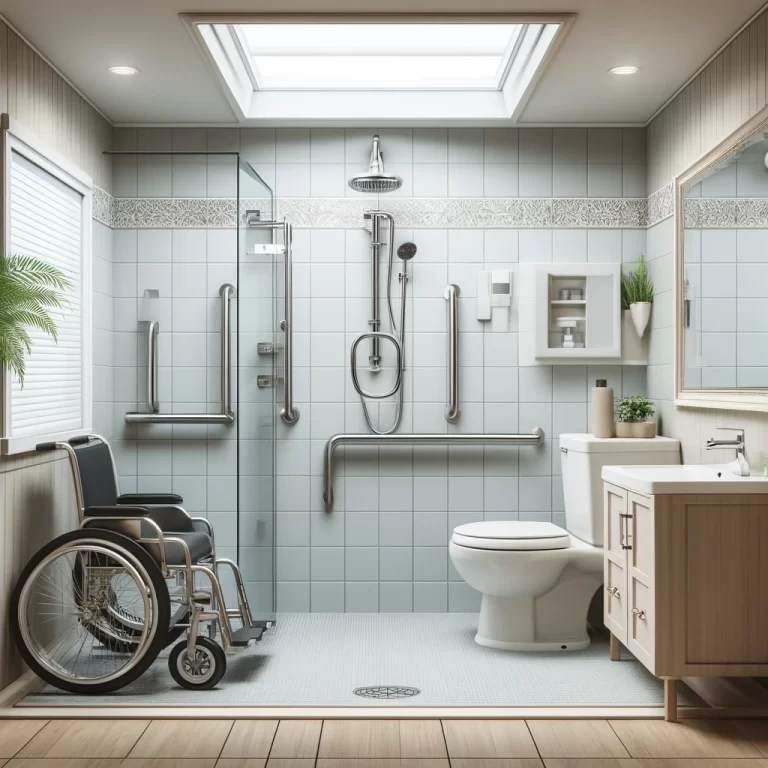Why don’t disabled toilets have lids
Disabled toilets are a crucial part of ensuring accessibility and inclusivity in public spaces.
Have you ever wondered why disabled toilets often do not have lids? We will explore the purpose of disabled toilets, who they are designed for, and the reasons behind the absence of lids.
Additionally, we will discuss alternative options for disabled toilets, the benefits of having lids, and the importance of considering the needs of disabled individuals when designing public facilities.
Let’s dive in to understand disabled toilets better.
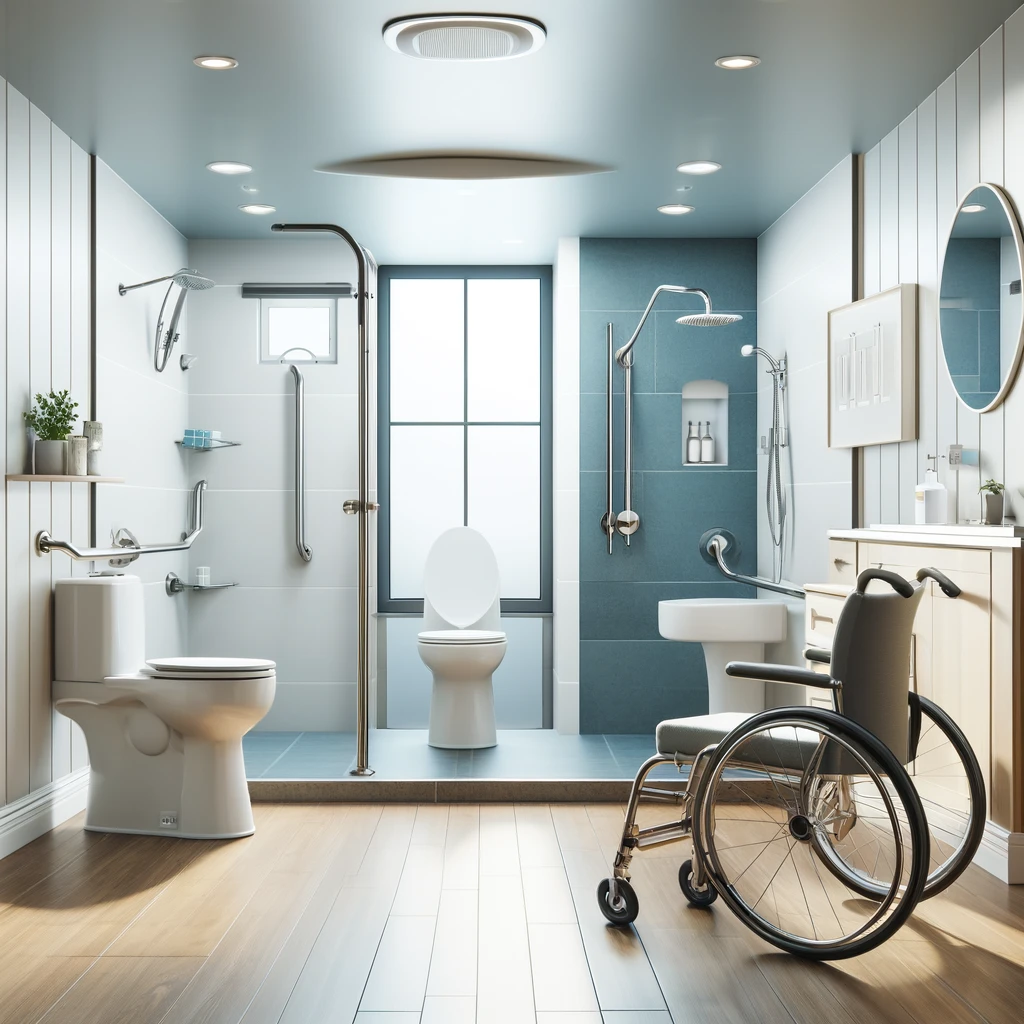
Understanding Disabled Toilets
Understanding Disabled Toilets is crucial for ensuring the accessibility and comfort of individuals with disabilities. Disabled toilets refer to specially designed facilities equipped with features that cater to the mobility needs of disabled users, such as grab rails and raised toilet seats.
These specialised facilities play a vital role in promoting inclusivity and independence for people with diverse abilities. The presence of grab rails provides essential support for individuals with limited mobility, offering stability and assistance during transfers. Similarly, raised toilet seats are crucial components that enhance safety and convenience for wheelchair users and those with mobility challenges.
Moreover, disabled toilets are often larger in size compared to standard restrooms, allowing wheelchair users to manoeuvre comfortably and access all necessary amenities. The layout and design of these facilities are meticulously planned to ensure optimal functionality and usability, taking into account factors like space, safety, and ease of use.
What Are Disabled Toilets?
Accessible Toilets are specially designed restroom facilities that cater to the unique mobility needs of individuals with disabilities. These toilets often feature comfort height toilets, accessible basins, and other accessibility aids to ensure a safe and comfortable experience for users.
Comfort height toilets in accessible toilets are set higher than standard toilets, making it easier for individuals with mobility issues to sit and stand. The accessible basins are typically installed lower and are spacious to accommodate wheelchair users comfortably. These toilets also incorporate grab rails, emergency pull cords, and non-slip flooring to enhance safety.
Some accessible toilets are equipped with automatic door openers and spacious layouts to allow for easier navigation for wheelchair users. All these features work together to create inclusive restroom facilities that meet the diverse needs of individuals with disabilities.
Who Are Disabled Toilets Designed For?
Disabled Toilets are primarily designed for individuals with disabilities who require additional support and accessibility features. These facilities often include grab rails, raised toilet seats, and soft close toilet lids to enhance safety and convenience for users.
The target demographic for Disabled Toilets encompasses individuals with various physical disabilities, such as mobility impairments or balance issues, who need specialised fixtures to navigate the restroom independently.
Grab rails play a crucial role in providing stability and assistance when transferring to and from the toilet. Raised toilet seats are vital for those with limited mobility, facilitating easier sitting and standing. Soft close toilet lids reduce noise and minimise accidental injuries, enhancing the overall user experience and comfort.
Why Don’t Disabled Toilets Have Lids?
The absence of lids on disabled toilets is often intentional and serves multiple purposes, including accommodating additional features like toilet bidet attachments and disabled toilet alarms.
One of the reasons behind the lack of lids on disabled toilets is to prevent potential hazards or obstacles for individuals with mobility challenges. Lids can pose difficulties for those needing assistance or using mobility aids when accessing the toilet. By keeping the toilet bowl open, it allows for easier manoeuvrability and transfers. The design focuses on promoting accessibility and ease of use for individuals with disabilities.
The integration of features such as toilet bidet attachments enhances hygiene and comfort for users who may require additional assistance with personal care. These attachments provide a more efficient and thorough cleaning experience, particularly beneficial for individuals with limited mobility or other disabilities.
The Purpose of Toilet Lids
Whilst disabled toilets may not have lids, regular toilets often include them as part of standard installations. Brands like Armitage Shanks and providers such as Commercial Washrooms offer solutions like Doc M Packs that cater to specific toilet design requirements.
Having toilet lids in standard restroom setups is crucial for maintaining hygiene and reducing odours. Not only do they provide a visual finishing touch to the toilet, but they also serve functional purposes like minimising water splashes and preventing items from accidentally falling into the bowl. The availability of reputable brands like Armitage Shanks ensures quality and durability in these components, aligning with industry standards. Solutions like Doc M Packs are tailored for inclusive designs, addressing accessibility needs and compliance regulations for public facilities.
Accessibility for Disabled Individuals
Ensuring accessibility for disabled individuals is a key aspect of toilet design. Features like RADAR keys and accessible toilets from brands like Twyford Bathrooms play a crucial role in providing inclusive facilities.
For those with disabilities, navigating public spaces can be challenging, and having accessible toilets can make a significant impact on their daily lives.
RADAR keys, which are unique keys that unlock accessible toilets in various places, grant individuals greater independence and convenience when nature calls. These keys are specifically designed to fit corresponding locks, ensuring that only authorised individuals can use these essential facilities. With Twyford Bathrooms leading the way in providing specialised accessible toilets that meet stringent standards, the availability of inclusive toilet features is expanding, making public spaces more welcoming and accommodating for everyone.
Cost and Maintenance Considerations
When evaluating disabled toilet installations, cost and maintenance considerations are vital aspects to address. Features like thermostatic mixing valves and shower seats may require specific maintenance protocols to ensure optimal functionality.
Thermostatic mixing valves are essential for regulating water temperature to prevent scalding, especially crucial in environments where users may have limited sensation. Regular checks and potential repairs for these valves add to the maintenance cost but are critical for user safety.
Shower seats, designed for stability and ease of use, need to be inspected for wear and tear regularly. Proper cleaning and disinfection routines should be established to uphold hygiene standards. Investing in high-quality, durable fixtures initially can help reduce long-term maintenance expenses.
What Are the Alternatives for Disabled Toilets?
Plus traditional disabled toilets, individuals with mobility needs can explore alternative options such as automatic toilet seats, raised toilet seats, and wall-mounted toilets to enhance accessibility and comfort.
Automatic toilet seats can offer the convenience of hands-free operation through motion sensors or remote controls, providing ease of use for those with limited mobility. Raised toilet seats elevate the height of the toilet, making it easier for individuals to sit down and stand up comfortably. Wall-mounted toilets, with their space-saving design, allow for customisation of seat height and projection, ensuring optimal comfort and accessibility for users with diverse needs.
These alternative toilet options cater to a variety of mobility requirements, offering solutions beyond the traditional setup to better accommodate individuals with specific needs. By incorporating innovative features such as automatic flushing mechanisms, bidet functions, and adjustable settings, these toilets provide enhanced comfort and independence for users seeking greater accessibility in their daily routines.
Automatic Toilet Seats
Automatic toilet seats, such as those offered by brands like More Ability, provide convenience and enhanced hygiene through features like auto bidet wash and dry functions, catering to the specific needs of users with disabilities.
Individuals with disabilities often face challenges with personal hygiene and daily tasks, making automatic toilet seats a revolutionary solution. Beyond the convenience and hygiene benefits, brands like More Ability design their products with user-friendly controls and customisable settings, ensuring comfort and ease of use for all individuals. The auto bidet wash feature gently cleanses and dries, promoting independence and dignity. These advanced functionalities not only offer practical assistance but also contribute to a greater sense of well-being and confidence for users with disabilities.
Raised Toilet Seats
Raised toilet seats are a popular alternative for disabled individuals, providing increased accessibility and comfort by elevating the seating height. Features like comfort height toilets and raised height toilets contribute to a more user-friendly experience.
The elevated positioning of these seats helps individuals with mobility challenges or disabilities to sit and stand with greater ease, reducing strain on their joints and muscles. Moreover, raised toilet seats can be easily installed and removed, making them convenient for both temporary situations and long-term use. Enhancing independence and safety, these aids can offer peace of mind to users and caregivers alike, fostering a sense of confidence and autonomy in daily activities.
Wall-Mounted Toilets
Wall-hung toilets offer space-saving solutions and improved accessibility for disabled users. Providers like Commercial Washrooms offer options like the Doc M Pack that include wall-hung toilets designed to meet specific accessibility needs.
One of the key advantages of wall-hung toilets for disabled users is the efficient use of space in bathrooms, making them ideal for small or narrow areas where traditional toilets may be impractical. By hanging the toilet on the wall, it creates more floor space, allowing for easier manoeuvrability for wheelchair users and those with mobility challenges.
The design of wall-hung toilets allows for customisable height options, catering to individual needs and preferences. This flexibility in installation height can make a significant difference in providing a comfortable and safe bathroom experience for disabled individuals.
What Are the Benefits of Having Lids on Disabled Toilets?
Whilst disabled toilets may not typically feature lids, there are significant benefits to incorporating them, such as improved hygiene, enhanced privacy, and increased safety for users with disabilities.
Having lids on disabled toilets can play a crucial role in maintaining a cleaner and more sanitary environment, as they help contain odours and prevent the spread of germs. Improved hygiene standards can lead to a more pleasant experience for all users.
The presence of lids on disabled toilets offers enhanced privacy for individuals who require assistance with personal care tasks, ensuring they can maintain their dignity and feel more comfortable during their visits.
From a safety standpoint, lids help prevent accidents or injuries by keeping the toilet area enclosed and reducing the risk of falls or mishaps.
Improved Hygiene
Lids on disabled toilets can contribute to improved hygiene standards, preventing the spread of germs and odors. Incorporating features like toilet alarm systems can enhance hygiene management in these facilities.
Having lids on disabled toilets helps contain unpleasant odors and prevents the dispersion of germs into the air, creating a more sanitary environment for users. Plus lids, some facilities also install toilet alarm systems that can notify staff when assistance is needed in the toilet, ensuring prompt clean-up and maintenance. For further insights on optimising accessibility in toilets, one can refer to disabled toilets blogs that offer valuable tips and best practices in this aspect.
Privacy
Having lids on disabled toilets can enhance user privacy by providing a barrier between the user and the toilet contents. Additional features like wash hand basins and grab rails further contribute to a comfortable and private toilet experience.
Privacy is a crucial aspect of any toilet facility, especially for individuals with disabilities. The presence of lids on toilets helps create a sense of separation and confidentiality during use, ensuring a dignified experience. The inclusion of wash hand basins within the toilet area promotes hygiene practices and convenience for users. Grab rails positioned strategically offer support and aid in movement, addressing the specific needs of those with mobility challenges. These combined features work harmoniously to cater to the diverse requirements of individuals using disabled facilities.
Safety
Lids on disabled toilets can enhance safety by preventing accidental falls and ensuring that the toilet area remains clean and hazard-free.
The presence of lids not only acts as a physical barrier to help individuals with disabilities maintain stability when transferring to and from the toilet but also prevents objects from accidentally falling into the bowl, reducing the risk of blockages or potential contamination.
Incorporating features such as thermostatic mixing valves ensures that water temperatures are controlled, reducing the risk of scalding incidents.
Shower seats provide users with a secure and stable surface to sit on while showering, minimising the chances of slipping or losing balance.
Conclusion
Designing disabled toilets that prioritize the needs of individuals with disabilities is essential for promoting inclusivity and accessibility in public spaces. Compliance with regulations like the Equality Act 2010 and referencing washroom case studies can guide effective restroom design strategies.
Creating disabled-accessible toilets not only enhances the overall user experience but also plays a significant role in fostering a culture of equality and inclusivity.
By adhering to legal requirements, such as the Equality Act 2010, establishments demonstrate their commitment to accommodating the diverse needs of all individuals.
Examining successful restroom designs through case studies can offer valuable insights into best practices, from layout considerations to accessible fixtures and signage placement.
Considerations for Designing Disabled Toilets
When designing disabled toilets, it is crucial to consider the specific needs of disabled users to ensure optimal comfort and accessibility. Incorporating features like comfort height toilets and accessibility aids can significantly improve the overall restroom experience for individuals with disabilities.
Comfort height toilets are designed to be higher than standard toilets, making it easier for individuals with mobility issues to transfer from wheelchairs or other assistive devices. Grab bars are essential additions that provide stability and support for users when moving around the restroom. To further enhance accessibility, installing wide doors and spacious layouts can accommodate wheelchairs and walkers comfortably.
Incorporating tactile signage and Braille instructions can aid visually impaired individuals in navigating the restroom independently. Non-slip flooring and well-placed lighting are crucial for preventing accidents and ensuring a safe environment for all users.
Importance of Accommodating the Needs of Disabled Individuals
Accommodating the unique needs of disabled individuals through tailored restroom facilities like disabled toilets is crucial for fostering inclusivity and ensuring equal access.
By addressing mobility needs and comfort requirements, these facilities play a vital role in creating accessible environments for all individuals. Providing specialised restrooms specifically designed to cater to individuals with disabilities not only ensures physical access but also promotes dignity and independence. These facilities are equipped with features such as grab bars, raised toilet seats, and ample space for manoeuvrability, offering a safe and comfortable environment for those with mobility challenges.
Frequently Asked Questions
Why don’t disabled toilets have lids?
There are several reasons why disabled toilets do not have lids. One of the main reasons is to comply with accessibility standards and regulations. Lids can be difficult for individuals with disabilities to use, especially for those with limited hand dexterity or strength.
Are lids on toilets necessary for everyone?
No, lids on toilets are not necessary for everyone. In fact, many public restrooms do not have lids on their toilets, even in non-disabled stalls. Lids are often seen as an added convenience rather than a necessity.
Can individuals with disabilities request a lid for their toilet?
Yes, individuals with disabilities can request a lid for their toilet if they feel it would be beneficial for their specific needs. It is important for individuals to advocate for themselves and their needs, and businesses should make accommodations whenever possible.
Do lids on toilets affect hygiene in disabled toilets?
Lids on toilets do not necessarily affect hygiene in disabled toilets. In fact, some argue that lids can actually make toilets more hygienic by preventing the spread of germs and odors. However, proper cleaning and maintenance of the toilet is ultimately what ensures hygiene.
Are there any safety concerns with having lids on disabled toilets?
Yes, there can be safety concerns with having lids on disabled toilets. Lids can be heavy and cause potential hazards for individuals with disabilities, especially those in wheelchairs who may have trouble maneuvering around them. For this reason, many facilities opt to not have lids on their disabled toilets.
Do all disabled toilets have the same design and features?
No, not all disabled toilets have the same design and features. The design and features of a disabled toilet can vary depending on the regulations and standards of the location it is in. Some may have lids, while others may not. It is important to consult with local accessibility standards when designing or renovating a disabled toilet.
